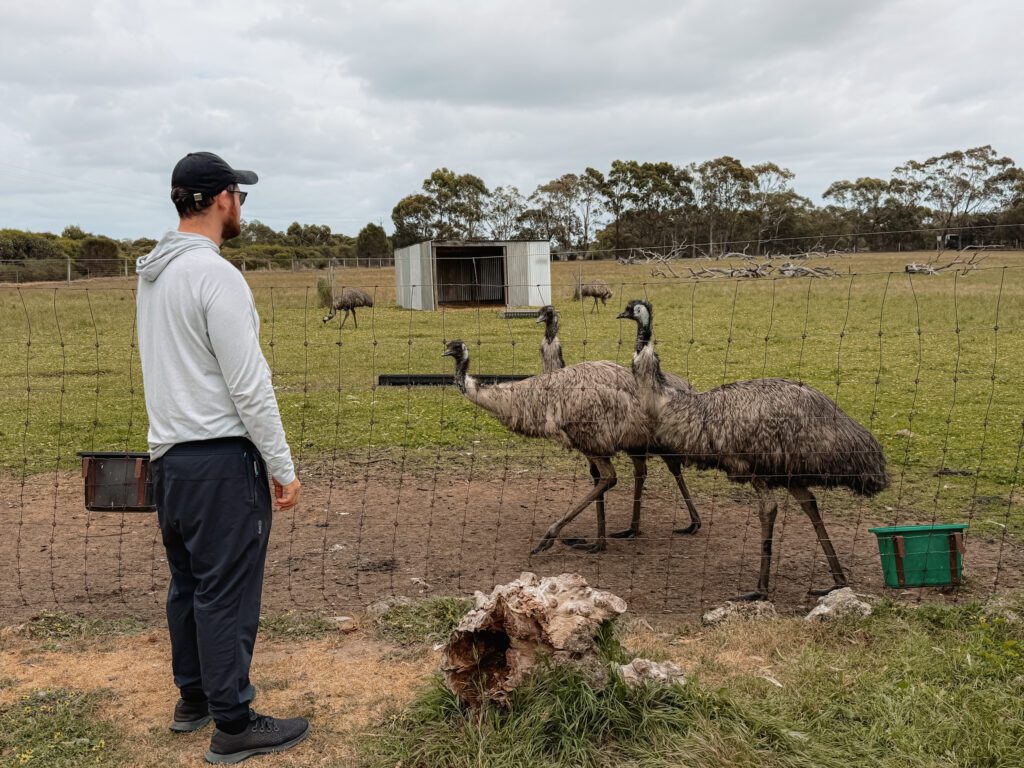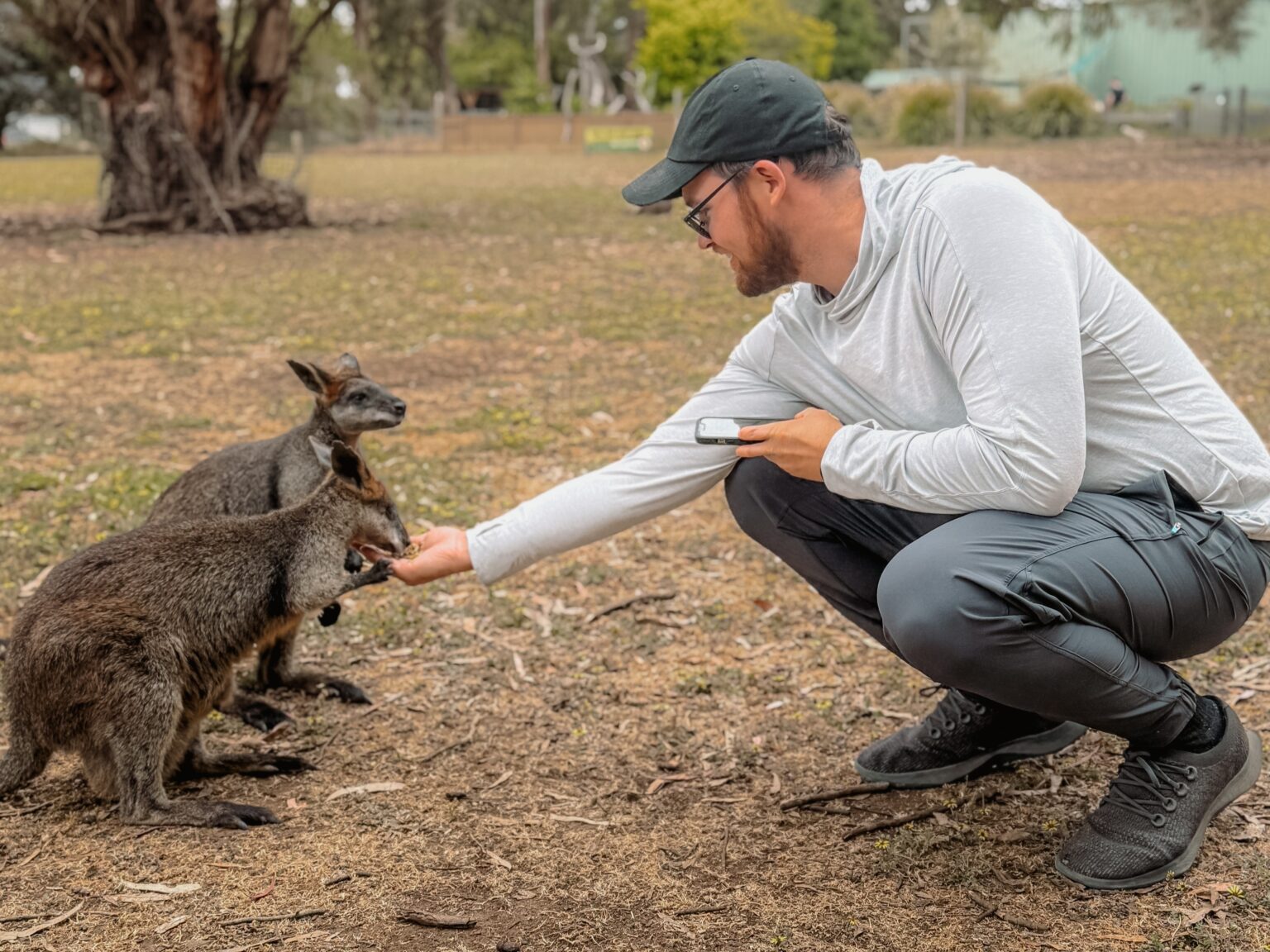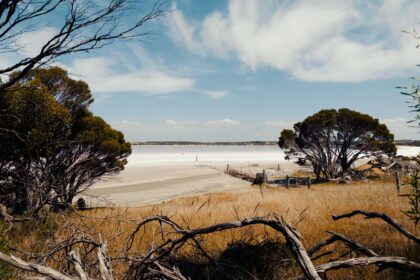Kangaroo Island is Australia’s third largest island and located 110km (68 mi) from Adelaide in South Australia, so visiting Kangaroo Island is relatively easy. It is known for its wildlife, much of which has not been affected by human-brought pests, beautiful nature, and the quaint small-town charm directed by boutique businesses. While the wildlife attracted us to the island, it is this uncommercialized charm that really made us love the lifestyle of this area of Australia.
Unfortunately, the island was ravaged by a major wildfire in early 2020 that burned almost half of the island, damaging the homes of the wildlife of the island, all before a pandemic that decimated the tourism industry that Kangaroo Island heavily relies on. Today, the island continues to try to recover. Plants are regenerating, bringing back the animals that were once so prolific throughout. We were told that koalas would be everywhere in the eucalyptus trees of the island. Unfortunately, many did not survive the fires and the population continues to regenerate. This population of koalas is very important because it is the only one in Australia that has not been infected with chlamydia and is used to help maintain the populations in different parts of the country.
And while the island was hit hard by these two tragedies, its resilience is apparent. Everyone we talked to on the island absolutely loved living in this tight-knit community, saying that they all moved back there from the mainland to raise their families. They look out for each other and for the nature around them, building businesses that align with the goals of the island. The small businesses we visited often sold their own products along with those from the other businesses of the island. And when we went out to a cocktail bar one evening, we met locals who promoted their friend’s restaurant on the other side of the island. It is this camaraderie and community that cannot be manufactured.
We could have spent more than just a weekend on the island. It was a breath of fresh air (literally and figuratively) to be in a community that truly cared for the welfare of each other and the environment around them.
Destination Overview
Adelaide and Kangaroo Island
We started our time in South Australia in Adelaide, Australia’s fifth largest city and the capital of the state. It is known for its wine regions (Barossa Valley, McLaren Valle, and Adelaide Hills), numerous festivals, and affordable cost of living relative to other cities in Australia. The city has a strong network of public transportation, allowing us to easily get around the city to explore both the central business district and the beach area. We even got to spend time at an Asian culture festival and see some friends during our short stop in the city.
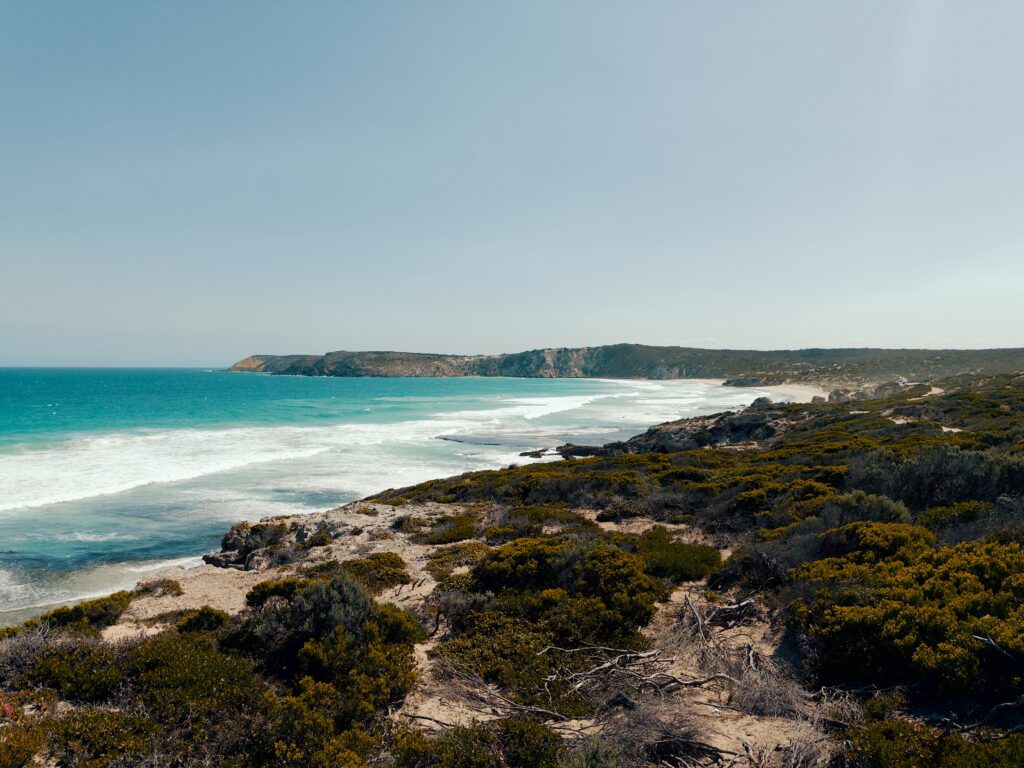
The city serves as the starting point of the Southern Ocean Drive which goes around the Fleurieu Peninsula, circles Kangaroo Island, and extends east along Australia’s southern coast until the Victoria border (towards Melbourne and the Great Ocean Road). This coast is sparsely populated and is a nice drive for those who want to experience some more pristine coastline in Australia.
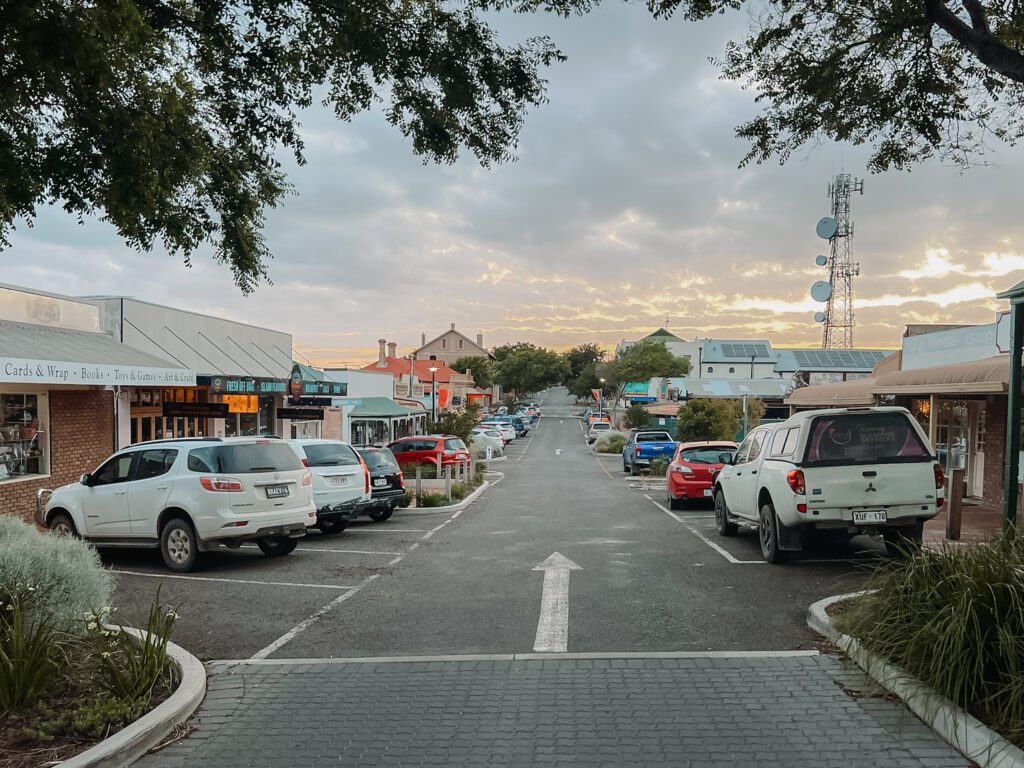
Visiting Kangaroo Island was the intention of our trip to South Australia because we had heard great things about it from locals. Kangaroo Island is one of South Australia’s most popular places for tourists to visit, especially local Australians. It offers a wide variety of wildlife activities, beautiful beaches, aquatic adventures, artisanal shops, and family friendly fun, making it a great destination for a variety of travelers. Unfortunately, the area did experience devastating bushfires in late 2019 and early 2020 that burned nearly half of the island, killed tens of thousands of wildlife, and left destruction that is still visible today. Between this natural devastation and the pandemic that halted tourism, the island is still visibly recovering 5 years later.
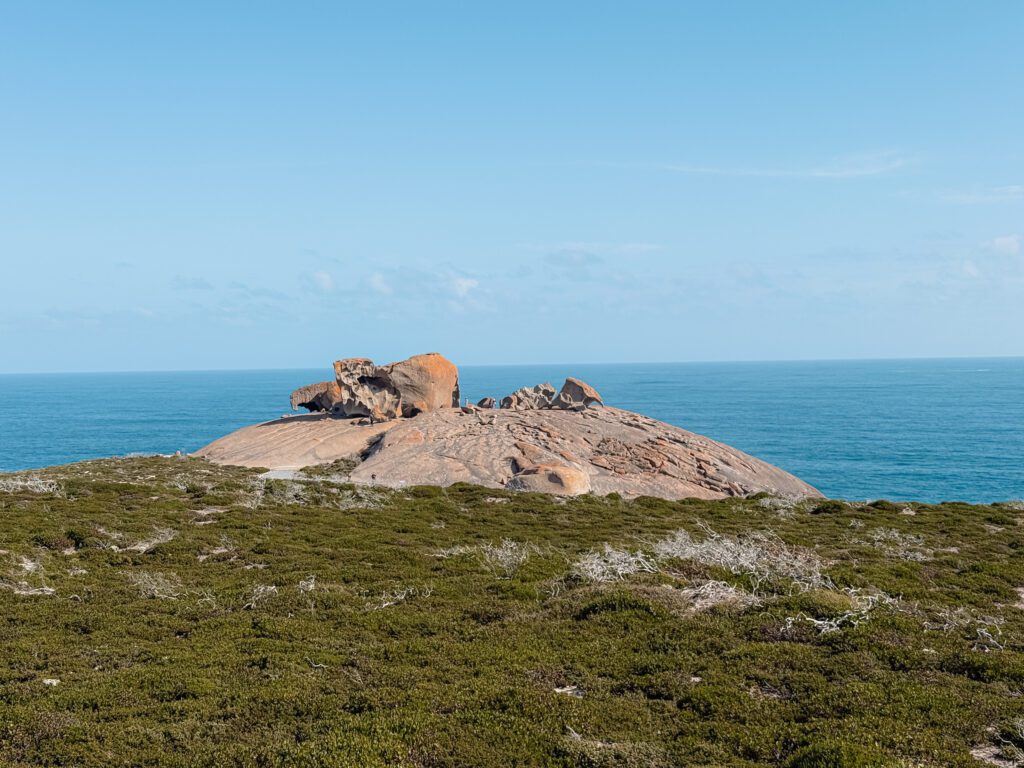
Where to Read More
The Best Weekend Itinerary to Visit Kangaroo Island
An article discussing the variety of activities to do on Kangaroo Island along with an itinerary to best spend your time over a long weekend.
An Interesting Fact
Kangaroo Island Has a Unique Small Town Culture
There are only about 5,000 people that live on Kangaroo Island but nearly 150,000 annual overnight visitors. There is a unique dichotomy on the island between a culture where those who live on the island generally all know each other while developing small businesses that cater to tourists. Most of the population reside in Kingscote, the biggest town on the island with its only airport. However, most people arrive to explore the island by ferry, located in Penneshaw on the east side of the island.
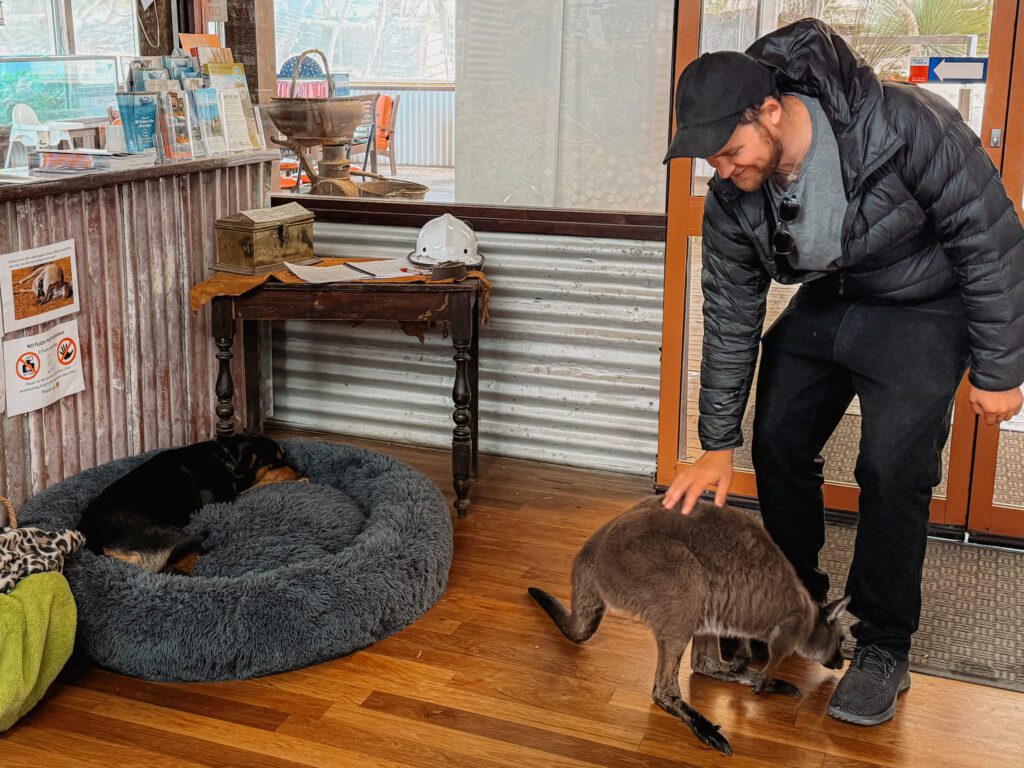
When visiting Kangaroo Island, we decided to drive from Adelaide and take the ferry so that we could have the greatest flexibility by having our car on the island. We are last minute travel bookers and don’t usually reserve our travel until a week before it occurs. Usually, this works out in our favor as we can plan based on the weather forecast and find some last minute deals on housing or tour options. However, in this circumstance of reserving a car slot for the ferry, we were left with a very early departure time of 6:00 AM as the only available slot (and we were lucky to get the last slot left on this ferry). We try to avoid driving in Australia around dawn, dusk, and at night because the animals tend to be more active during those time periods, and we want to avoid any risk of hitting these animals. Plus, you can only imagine the damage that a kangaroo can do to a small Toyota Corolla – many locals have a large steel grill on the front of their cars to prevent damage to their vehicles.
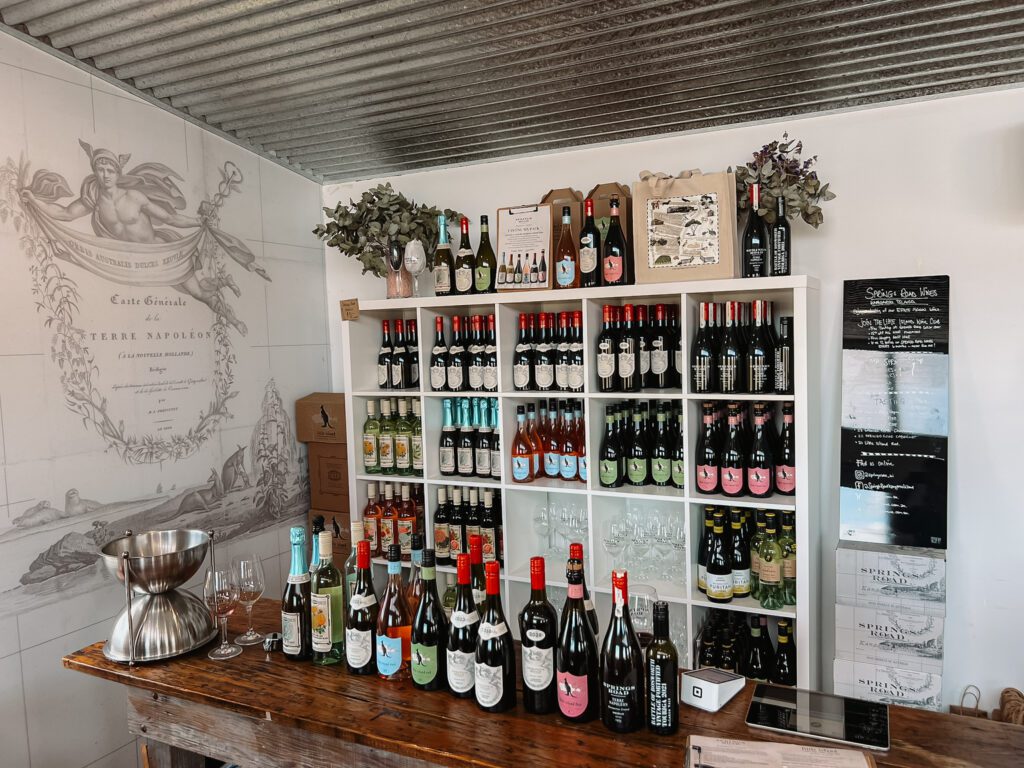
Arriving on the island early allowed us to walk around without anyone around, taking in the beautiful nature and seeing the island wake up. We encountered our first wallabies while on the Penneshaw Sculpture Trail and were able to enjoy a nice Australian breakfast at Millie Mae’s Pantry (including sampling the infamous vegemite). It was the first of many shops that we visited during our weekend and that made for a memorable experience. Most of the shops ended up being family run by Kangaroo Island residents and it was apparent how much they cared about their guest experience. Below were a few that stood out and helped us appreciate the special small town charm of the island:
- Emu Ridge Eucalyptus Oil Distillery: local eucalyptus products with two resident kangaroo rescues
- Spring Road Kangaroo Island: cellar door for their Kangaroo Island and McLaren Valle wines
- Pick and Shovel: craft cocktail bar from the owners of Kangaroo Island Brewery
- Vivonne Bay General Store: small market with restaurant serving famous whiting burger
- Emu Bay Lavender Farm: lavender farm with fantastic restaurant
- Penneshaw Pub: great ocean overlook patio where you can spot dolphins swimming
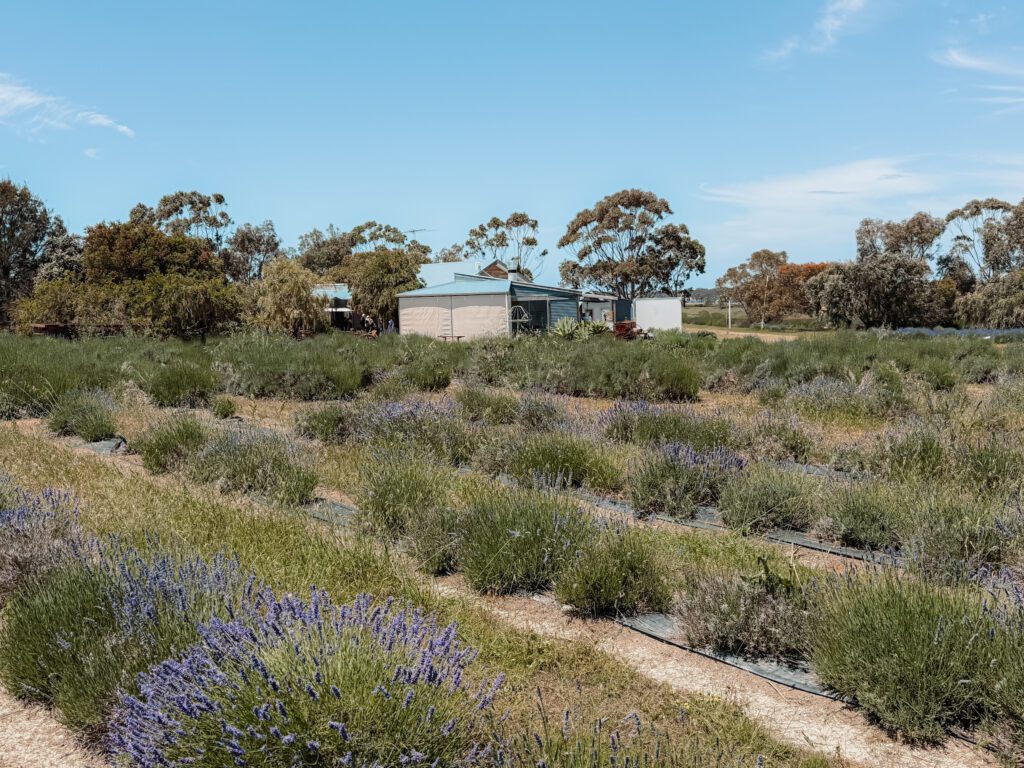
Travel Tip of the Week
Visit a Wildlife Sanctuary While in Australia
Australia is known for its incredibly unique wildlife. It is estimated that 90% of Australian land mammal species aren’t found anywhere else on Earth and the country has established itself as one of the best for protecting wildlife. Throughout Australia, there are numerous wildlife sanctuaries, parks, and zoos. We have found that no matter what your Australia itinerary is, you will most likely be in a destination that has a wildlife park that will allow you to get up close to incredible animals such as koalas, emus, kangaroos, wallabies, wombats, platypus, tasmanian devils, and much more. (We try to find places that focus on animal rehabilitation and research along with a zoo component to their organization.)
While visiting Kangaroo Island we decided to go to Kangaroo Island Wildlife Park because of their efforts to save animals burned by the devastating 2019 bushfires. They took in over 1000 koalas, kangaroos, echidnas, goannas, birds, and possums with many successfully being released back into the wild. Those that they could not release because of their newfound dependency on human caretaking were kept at their facilities or transferred to other zoos. If they could be released and survive on their own in the wild, they were.
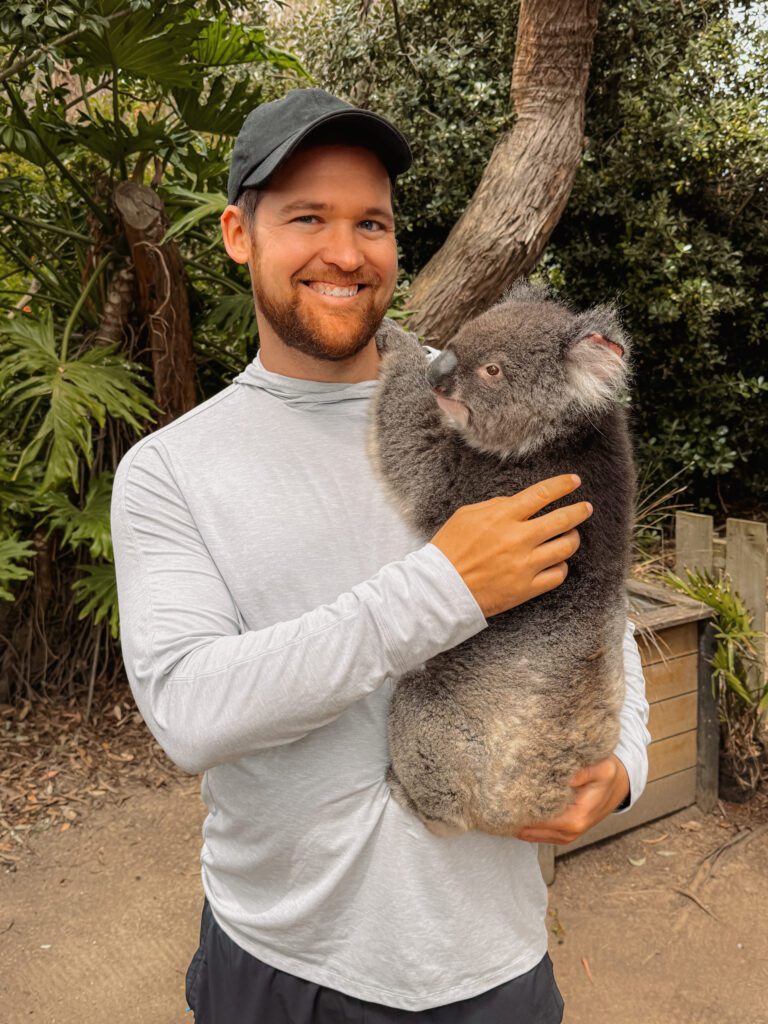
When we arrived at the Kangaroo Island Wildlife Park, we received an overview of the animals that lived there. One additional experience they offered was a koala hold with one of the koalas that became too accustomed to humans during the rehabilitation process after the bushfires. We decided to purchase this bucket list experience and it did not disappoint. Our koala was named Pearl and she was supposedly waiting at the front gate of her pen that day because she really wanted to participate in the hold experience. They only choose koalas that are looking for that human interaction rather than force any of their animals to participate.
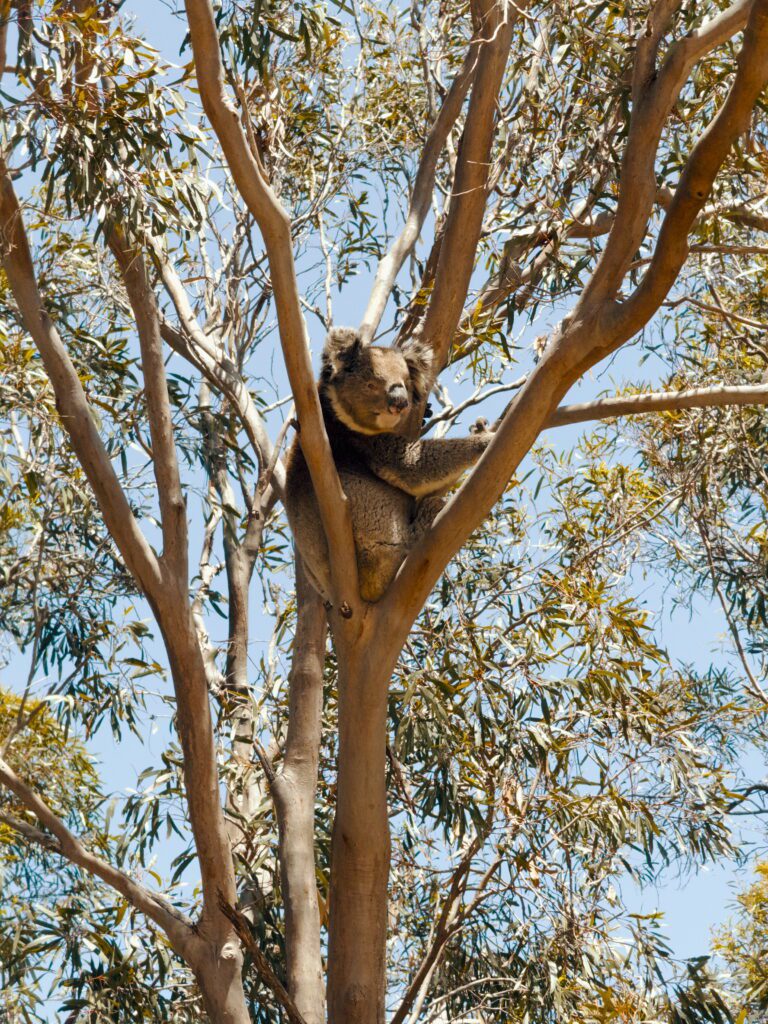
While holding and feeding Pearl, we also learned about the population on Kangaroo Island. Before the bushfires, there were an estimated 50,000 koalas but somewhere between 80-90% did not make it through the fires. Today there is a growing population of 15,000 on the island, and we were even able to spot one in a gum (eucalyptus) tree while driving around and visiting Kangaroo Island. Besides the koala encounter, we also saw dingos, a wombat, echidna, little penguins, emus, and so many more local animals and reptiles. A final highlight was being able to feed kangaroos as well as wallabies who excitedly hopped up to you and gently ate the feed straight from your hand.
